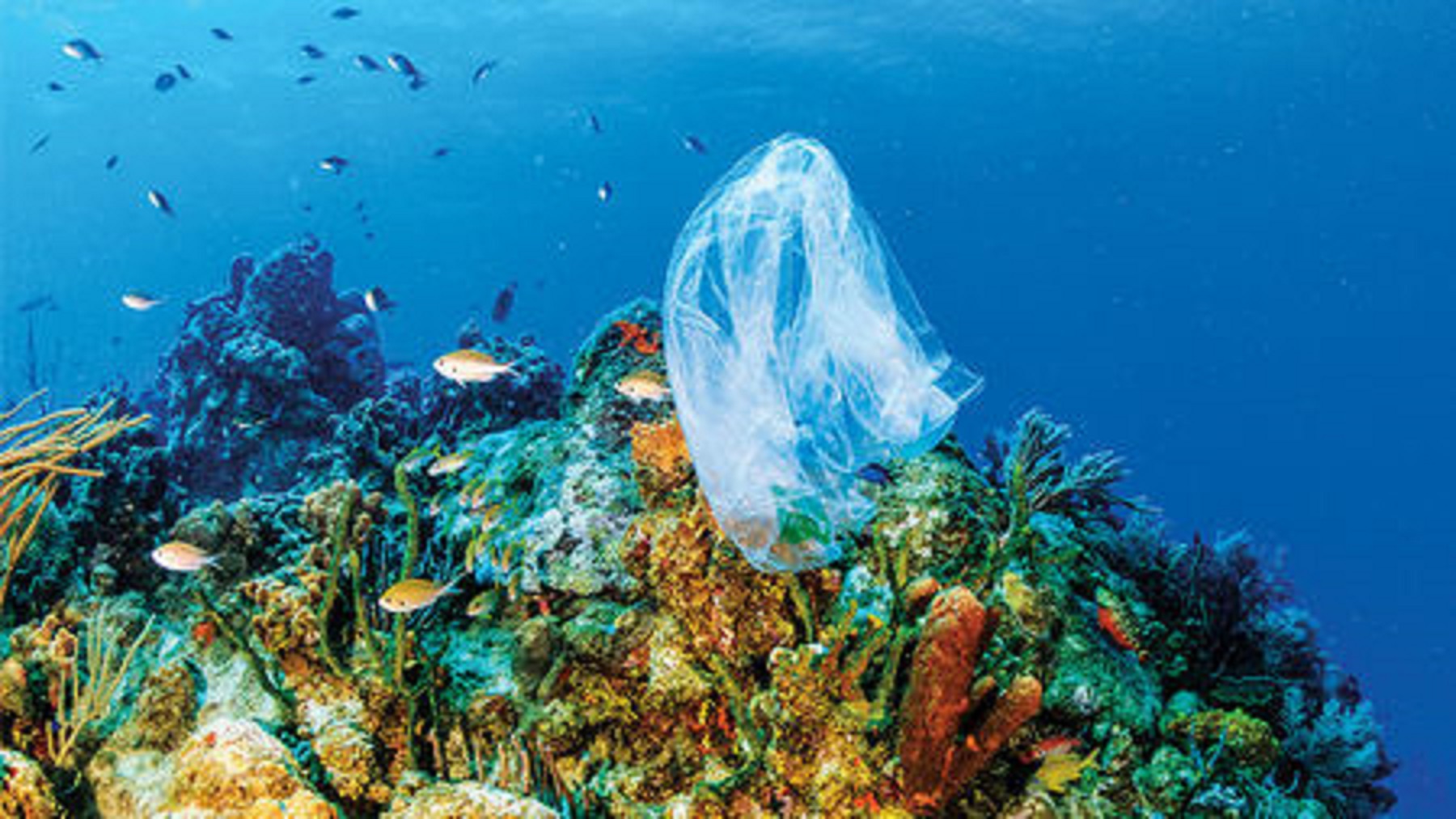
Meeting Title: Case study on assessing the availability of data and indicators for a compilation of best practices in measuring the oceans in Fiji
Location: Suva, Fiji
Date: 1st to 3rd of November 2017
Partners: WCMC
SDG Indicators: 14.1.1, 14.2.1, 14.5.1
Type: Ocean Statistics
Brief Description:
The aim of this country mission was to assess the availability of and requirements for data and indicators to assist in production of best practices guidelines that will help to enable countries to develop methodologies to track progress towards Sustainable Development Goal (SDG) 14, “Life below water”.
The three-day visit included a stakeholder meeting and individual interviews with relevant institutions such as the Fiji Bureau of Statistics, ministry of environment and sustainable development, the Ministry of Foreign affairs, among others.
This country mission was done in line with a case study in Colombia with the objective to provide practical, national-level details used to inform the development of the Global Manual on Ocean Statistics. This case study facilitated the collection of existing indicators for eutrophication, marine plastic litter, the ecosystem approach, and marine protected area coverage currently used by Regional Seas Programmes and other key intergovernmental, international or regional bodies.
At the time of the Case study, monitoring and reporting on Fiji’s progress towards SDG 14 was the responsibility of the Ministry of the Environment, together with the Ministry of Fisheries and the Bureau of Statistics. While various government institutions are supposed to be involved in this process, they did not necessarily have a clear mandate to work on feeding into SDG indicators or to compile information that can be used to report progress on SDG Targets 14.1, 14.2, and 14.5.
A result of this case study was the Global Manual on Ocean Statistics which provides guidance for national governments and national institutions to support the country-level implementation of SDG Indicators 14.1.1, 14.2.1 and 14.5.1 in their national waters.
The Global Manual on Ocean Statistics offers a review of existing indicator approaches and methodologies currently used by the 18 Regional Seas Programmes and other key intergovernmental, international or regional bodies, which can be used as proxy indicators for the SDG indicators. It equally proposes globally applicable step-by-step methodology that countries can use to implement the proxy indicators and gives in-country insights on national monitoring programmes and experience of implementing relevant indicators obtained during the country mission to both Fiji and Colombia.
This will help to provide other countries with further guidance and best practices for the development of country-relevant methodologies for indicators, and it will help validate the applicability of the step-by-step methodologies that are being developed as part of the Manual.
